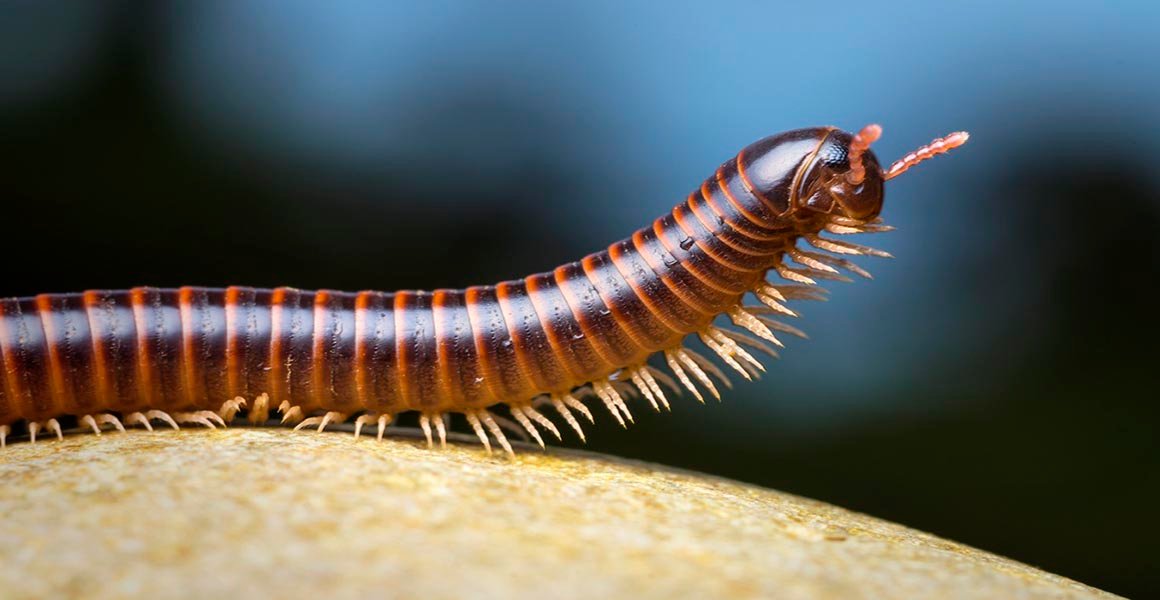Researchers recently discovered a new genus and five new species of millipedes in remote African jungles.
About Millipedes:
- They are any member of the arthropod class Diplopoda. (Arthropods are animals with hard exoskeletons and jointed limbs.)
- They are cylindrical or slightly flattened invertebrates.
- The word “millipede” translates to “a thousand feet”—but while millipedes have many feet, none of them quite have a thousand.
- They’re not insects. They are actually more closely related to lobsters, crayfish, and shrimp.
- There are approximately 12,000 species distributed worldwide.
- Habitat: They are typically found in areas of high moisture and decaying vegetation, such as under trash, in piles of grass and leaves, etc.
- Features:
- They are usually blackish or brownish in color, but some are also red, orange, or have mottled patterns.
- Their bodies are split into a number of segments, and each segment has two sets of legs that attach to the body’s underside, except for the first (head) segment, which is legless, and the next three segments, which each contain one pair of legs.
- In addition, each segment contains two pairs of internal organs (i.e., two pairs of ganglia and two pairs of heart arteries).
- The length ranges from 2 to 280 mm (0.08 to 11 inches).
- They are not poisonous, but many species have glands capable of producing irritating fluids that may cause allergic reactions in some individuals.
- Most millipedes are nocturnal and are primarily scavengers, feeding on decaying plants and occasionally dead insects. , although some species attack the roots of living plants.
Millipedes vs Centipedes:
- Both centipedes and millipedes are made up of segments that link together to form one long body.
- Millipedes have two sets of legs per segment, positioned directly under their body.
- Centipedes have one set of legs per segment, positioned on the side of their body.
- Centipedes mostly eat insects after killing them with their venom. Millipedes feast on decomposing plants.
- They respond to threats in different ways. A millipede will coil up and release a smelly secretion. Centipedes can bite, (which is typically harmless to humans) and run away quickly.




